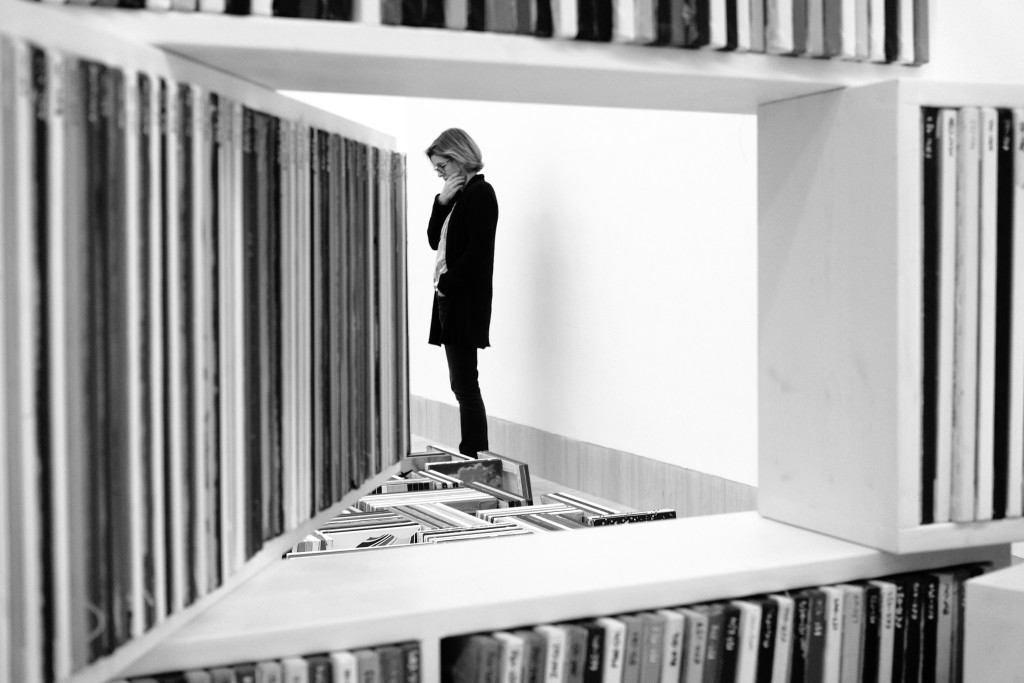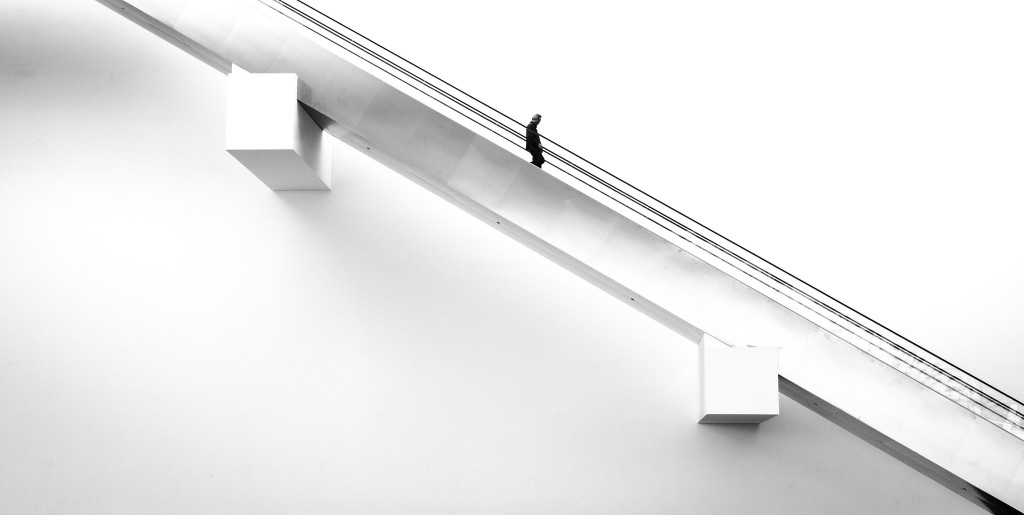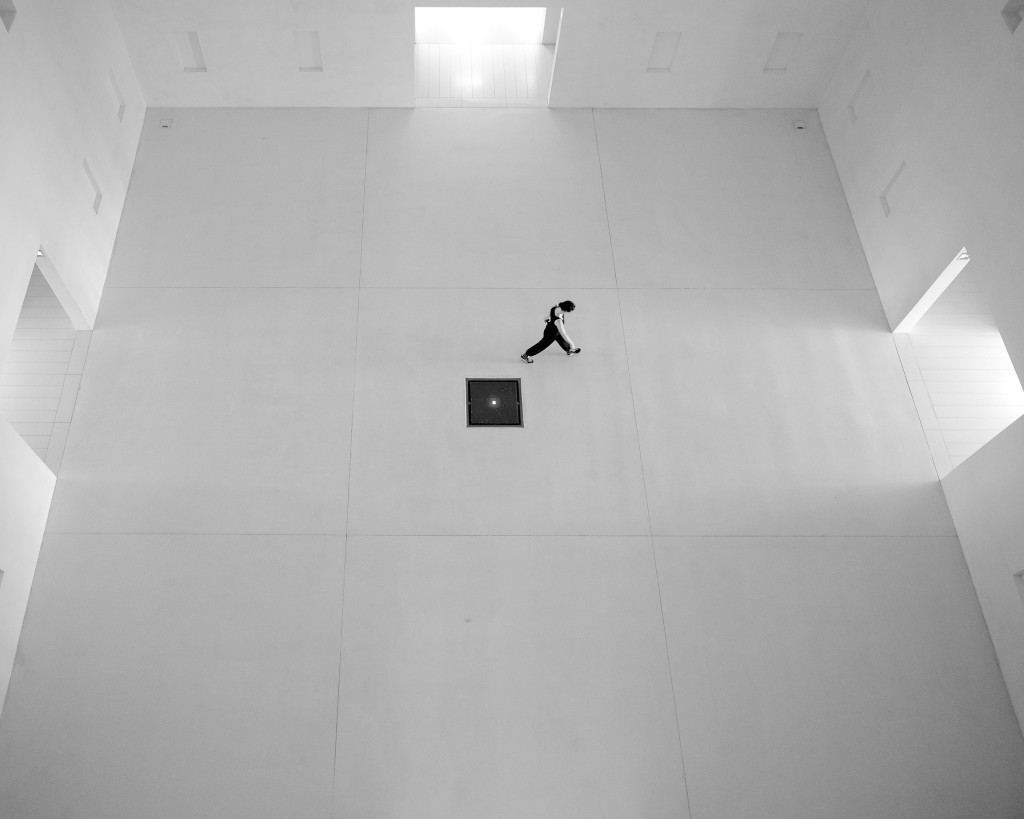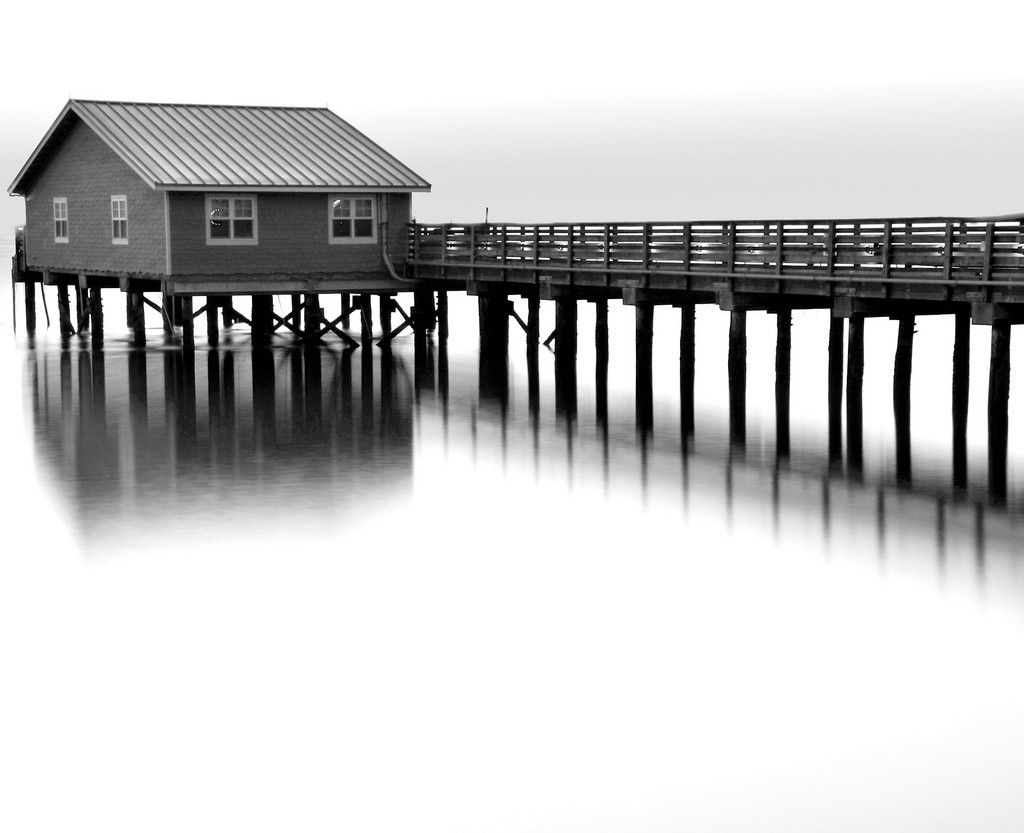Free Photography Bundle ($180 value): PS actions, LR presets, photo overlays, & print templates!
Get it here.
It’s not an uncommon occurrence for photographers to process their RAW files to black and white in an attempt to fix a lack of interest issue in a color photo. While black and white photography can give the photo a more romantic appearance, it really shines when used to accentuate an already interesting scene. Some photo ops are seemingly destined to be shot in black and white.
There is no denying the power of color theory. The thoughtful application and placement of color can be a very powerful composition tool. Unfortunately, you won’t have the assistance of color to help punctuate your photograph when shooting in black and white. You’ll need to understand the important visual elements of a monochrome photo. On the fundamental side of things, texture, contrast, and shape (form) are all key players. Though you are probably already looking for these things when shooting color, they become especially important when shooting for black and white.
Contrast
When you’re trying to place certain elements inside a monochrome composition, contrast can help them stand out as a focal point and make or break a photo. To test this, let’s take a look at this photo by Emilien Etienne. What is the first thing your eye gravitates to?
There are multiple compositional gems in this photo, such as the use of lines and shapes, but the human eye is naturally drawn to contrast. So, if you are like most, your eye went straight to the dark silhouette of a person walking down a brightly lit staircase. Use this information when you’re looking for or setting up a shot. Establish the habit of looking for good, natural contrast by training yourself to notice it even when you are not practicing your photography.
Form And Shape
The varying tones of white, black, and gray in an image and the contrast they create together is what establishes the shapes and forms within an image. In photography, a shape is a two dimensional object created by contrast, such as the person walking down the stairs in Etienne’s photo above. Form is the three dimensional equivalent and is achieved by using tonal contrast and light to provide texture and help sculpt the added dimension.
You can use shape and form to establish symmetry, interest, and a focal point within an image. Take a moment to study the photo below.
Many of the shapes in the photo are very obvious. The large tiles on the floor contrasting with the smaller tiles in the adjoining rooms, the rectangular architecture on the walls, the outlines of the doorways, and perhaps the most noticeable, the black square in the floor with a white circle in the middle of it. These shapes all add interest to the composition.
But, it’s also important to notice the women walking across the room. In this photo, she has become an effective use of form. Had she been dressed in solid black clothing that covered most of her skin, she may have appeared more of a silhouette–or shape. Because the abundant available light gave the photo more tonal contrast, she occurs inside the photo as a form.
It’s also worth pointing out the timing in which this photo was taken. Whether intentional or not, the photographer’s decision to use the light coming from the doorway as a sort of split light, helped to add additional depth to the woman, increasing the impact of her form.
Texture
Texture can come in many forms and exists in nature in plenty of ways. The hardest part is noticing it and recognizing different textures for their photographic quality. A good way to practice this is through macro photography. Though not always the case, by getting up close to a subject, you often lose the power of shapes within an image. Thus, the texture becomes a strong focal point.
Train Your Brain To See In Black And White
Once you’ve mastered the art of contrast, shape, and texture, you’re well on your way to taking great monochrome images. You’ll even find that improving your eye for black and white photos will also improve your color photography as well.
A good exercise to help sharpen your eye for composition is to go on a photo walk with the intention of only shooting for black and white. This will encourage you to slow down and process visual information as you’ll find yourself mentally envisioning the scene in black and white. As you are summarizing the scene, take note of what initially caught your eye and what makes it a good (or bad) candidate for black and white post processing.





